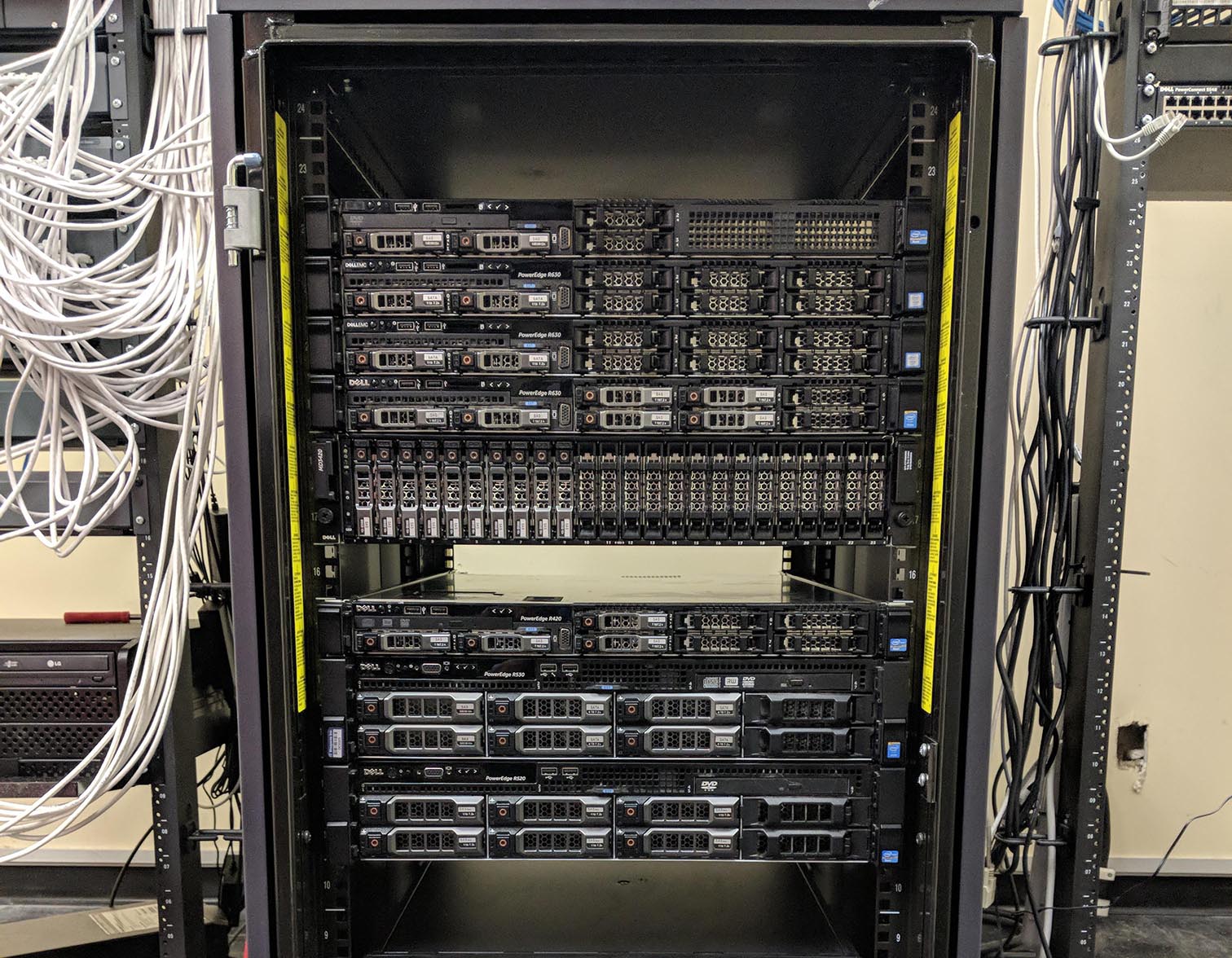Hyper-V 2016 Cluster with Dell PowerVault MD3420 SAS – Part 2 Cluster Configuration

After configuring the SAN, the next thing you're going to need to do is get Windows fully configured and joined to the cluster. The cluster configuration portion of things is actually relatively simple, just validate cluster again and again until it passes, then create the cluster. There's some stuff you'll want to do beforehand to ensure the cluster doesn't start doing dumb stuff and that you're able to validate without any real struggles.
tl;dr
The first thing you're going to want to do is make sure you're running the same driver versions across all your hosts. So download all the drivers from Dell, install them one at a time and reboot, make sure everything is crispy. Once you've installed all the latest drivers for everything, install Windows updates to the same level on each host, reboot, on and on until each node is as updated as it can be, and that all your configuration settings from BIOS to NIC names are the same on each server.
If, like me, you're not using SCCM/VMM you'll want to set some things up via GPO so that you can maintain consistent settings across all cluster members. I've created a GPO to allow firewall exceptions for Cluster Management; RDP with NLA; and Remote Shutdown from authorized IPs in our LAN; as well as setting the Network Location Awareness service to Automatic (Delayed Start). Setting this to Delayed Start prevents the host from blocking inbound RDP connections if the service starts without being able to contact a DC, for example if you're using virtualized DCs. If you're using virtual DCs you'll likely find yourself unable to RDP in to the host, because it's unable to perform network level authentication since it takes more time to start a VM than it does the service. As long as your DC is set to start immediately, and your host isn't significantly over subscribed, the two minute delay should be enough to prevent this. If it's not, consider using a physical DC.
Allowing remote shutdown isn't required for normal cluster operations, but you need to enable it for Cluster Aware Updating. Since I was adding an additional node to my cluster after it was running for a bit, a batch of updates was released I didn't configure this initially, and had to manually apply the updates to the hosts in the cluster. Which is an annoying process with two nodes, and I'd imagine even more annoying with more nodes.
At this point you should run the Cluster Validation wizard and make sure everything validates successfully. Keep going until you validate, and then create the cluster.
Once the cluster is configured you'll need to create your storage pools. To do this, open Failover Cluster Manager, and expand Storage. Click Disks, then right click, click Add Disk and add the appropriate storage from your SAN.